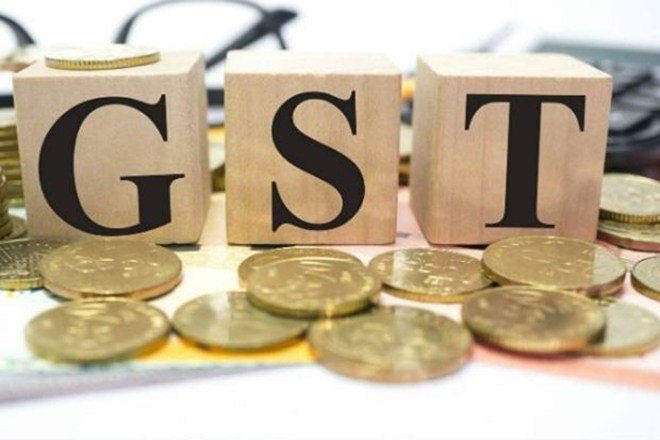Average Indian household saves INR 320 per month post GST rollout
Also, GST rates have been lowered on an array of commonly used goods and services which resulted in monthly savings for consumers, the source said.

- Country:
- India
An average Indian household is saving up to Rs 320 every month on purchase of commonly used goods including cereals, edible oil and cosmetics post GST implementation, a finance ministry source said citing an analysis of consumer expenditure data.
The government rolled out the Goods and Services Tax (GST) on July 1, 2017, amalgamating 17 different central and state taxes including excise duty and sales tax or VAT.
The GST not just made India one market by levying uniform tax rates on goods and services, it also did away with tax-on-tax prevalent in the previous system.
Also, GST rates have been lowered on an array of commonly used goods and services which resulted in monthly savings for consumers, the source said.
An analysis of household expenditure pre and post GST rollout shows tax rates have come down on as many as 83 items including on food and beverages as well as daily use goods like hair oil, toothpaste, soap, washing powder and footwear.
If a household spends Rs 8,400 a month post GST on 10 goods -- cereals, edible oil, sugar, chocolates, namkeen and sweets, cosmetics and toiletries, washing powder, tiles, furniture and coir products and other household products -- its monthly savings would come to Rs 320, the source said referring to the expenditure analysis.
On a monthly spending of Rs 8,400 on these regular use items, the tax paid under GST is Rs 510. This compares to Rs 830 tax charged previously, resulting in a saving of Rs 320.
In the old system, the central government would levy excise duty when a good is produced in a factory and the state governments would charge VAT on top of this. This meant that consumer not just paid VAT on the basic price of the good but also on the excise duty charged by the centre.
With the introduction of the new indirect tax, that pattern has been eliminated. The GST is levied at the consumption end or when the final consumer buys the product or service.
The source said an array of goods including milk powder, curd, buttermilk, spices, wheat, rice, nutrition drinks like Horlicks/Bournvita, pasta, idli dosa batter and mineral water are taxed at lesser rate under the GST than previously.
Household goods of daily use like curry paste, tooth powder and paste, hair oil, soap, cosmetics and perfumes, detergents, butter bans, sanitary ware and footwear too attract lesser tax now.
The source said that wheat and rice have been exempt from tax under the GST as against 2.50-2.75 per cent tax incidence previously. Similarly, tax on milk power is down to 5 per cent from previous 6 per cent.
Similarly, sugar confectionary is taxed at 18 per cent post GST, as against 21 per cent in the earlier indirect tax regime.
The tax rate on sugar and edible oil has come down to 5 per cent under the new tax system, from 6 per cent earlier. Also namkeens and sweets are now taxed at 5 per cent, as against 12 per cent/7 per cent earlier.
Also tax rate on washing powder and tiles has come down to 18 per cent from 28 per cent earlier.
In case of furniture, 5/18 per cent GST is applicable on various kinds of products, while in the earlier regime the tax rate was 12/28 per cent.
(With inputs from agencies.)










